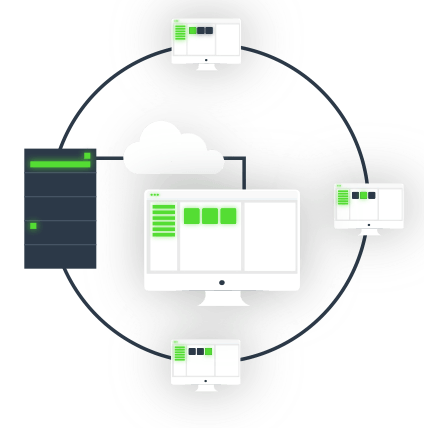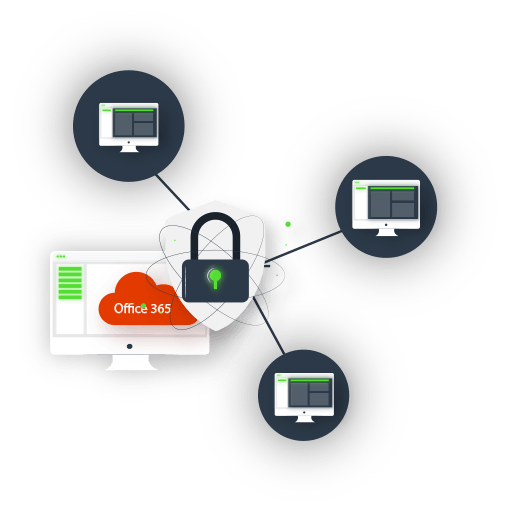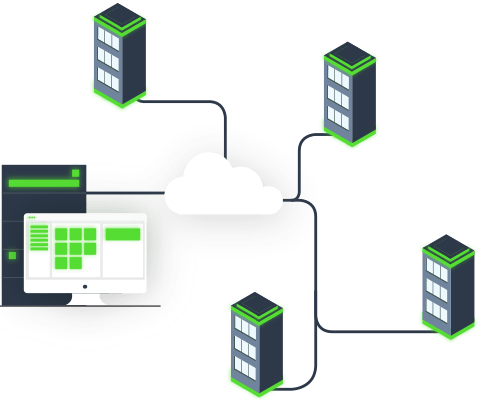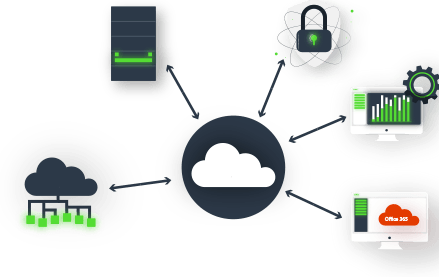SIMPLIFY YOUR MULTI-SITE NETWORK
Digital Transformation | Managed Connectivity | Network Consulting | We’ve Got You Covered
Through a deep bench of products, services and exceptional people, Capcon Networks delivers end-to-end managed multi-site networks to the businesses that power the world.
MANAGED CONNECTIVITY TO ADDRESS YOUR TOP PRIORITIES
MANAGED CONNECTIVITY
Let us design and manage the optimal mix of network connectivity products that meet your needs and ensure maximum performance and up time for your network. Stay confident with 10x Customer Support.
SD WAN
Cloud centric WAN for today's business needs. Gain more flexibility while reducing costs over traditional MPLS private networks and achieve greater performance and visibility of applications.
SD SECURITY
Secure your edge and increase protection at branch offices, especially those with local internet. Simplify interoperability of security and networking through centralized single-pane management.
EXPLORE SD SECURITY
UNIFIED COMMUNICATIONS
Supercharge your communications system and eliminate the need for on site PBX systems with Microsoft Teams. Deploy service in minutes with no hardware or devices and enterprise grade security from Office 365.
With decades of experience in the telecom industry and a vast network of service provider and partner relationships, Capcon Networks serves multi site enterprises, communications service providers and master agents. From concept to completion, we simplify the complexities associated with acquiring network services in hard to reach places while maintaining global scale.
TRUSTED BY THE BEST
"Capcon, you have done a great job of keeping us informed and being a go-between us and the providers. Your good work is much appreciated by us. Thank you."

NEWS & BLOGS















